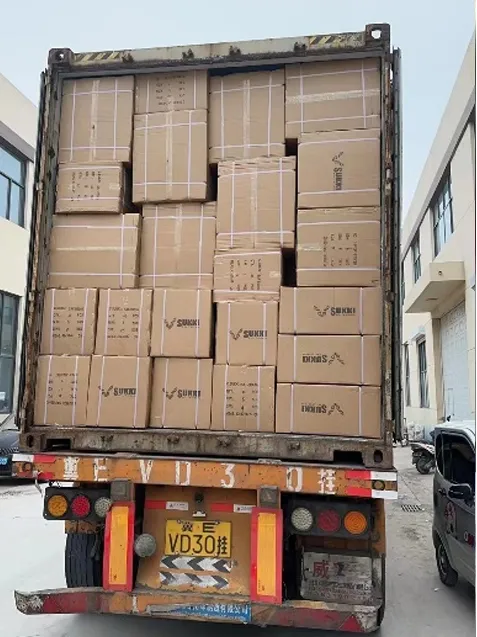Price Comparison for 10kW Grid Tie Inverters in Today's Market
Understanding the Pricing of 10 kW Grid Tie Inverters
As the demand for renewable energy sources continues to rise, solar power has emerged as a key player in the quest for sustainable electricity solutions. Among the essential components of a solar power system is the grid tie inverter, particularly the 10 kW models, which cater to both residential and small commercial applications. However, before investing in such technology, it's crucial to understand the pricing and factors influencing it.
What is a 10 kW Grid Tie Inverter?
A grid tie inverter is a device that converts the direct current (DC) produced by solar panels into alternating current (AC), which can be fed into the electrical grid or used for onsite consumption. The 10 kW variant is especially popular due to its capacity to handle the energy needs of medium-sized homes or small businesses, making it a balanced choice between performance and cost.
Pricing Overview
The price of a 10 kW grid tie inverter can vary significantly based on several factors, with typical prices ranging from $1,500 to $3,500. The significant price range reflects differences in brand reputation, efficiency ratings, warranty offerings, and additional features. For example, some inverters are equipped with advanced monitoring systems that allow users to track their energy production via a mobile app, which can add to the overall cost.
Factors Influencing Price
10kw grid tie inverter price

1. Brand Reputation Established brands with a proven track record often command higher prices due to confidence in reliability and support. Companies that prioritize research and development may offer cutting-edge technology, enhancing performance and justification for their pricing.
2. Efficiency Ratings The efficiency of an inverter plays a significant role in determining its price. Higher efficiency means more of the solar energy generated is converted into usable electricity, leading to greater savings on electricity bills over time. Inverters with efficiency ratings above 95% tend to be priced at a premium but can offer better long-term returns.
3. Features and Technology Additional features such as smart connectivity, hybrid capabilities, or advanced safety mechanisms can also impact pricing. Inverters that offer these functionalities tend to be positioned at the higher end of the price spectrum.
4. Warranty Period The warranty period is another critical pricing factor. A manufacturer that offers an extended warranty, such as 10 years or more, is generally indicative of a high-quality product, thus potentially reflected in a higher upfront price.
5. Market Conditions The global demand for solar technology, supply chain dynamics, and tariffs on imported goods can influence inverter prices. Fluctuations in material costs and technological advancements can also lead to price changes over time.
Conclusion
Investing in a 10 kW grid tie inverter represents a significant financial commitment but offers long-term savings and sustainability benefits. While the initial cost may be a crucial deciding factor, it's essential to consider long-term efficiency, warranty, and additional features. By researching and comparing options available in the market, consumers can make informed decisions that align with their energy needs, budget, and sustainability goals. In doing so, they not only contribute to the reduction of carbon emissions but also pave the way for a greener, more sustainable future.
-
String Solar Inverter: The High-Efficiency Solution for Smart Solar EnergyNewsJul.14,2025
-
Revolutionizing Rooftop Energy with the Power of the Micro Solar InverterNewsJul.14,2025
-
Power Independence with Smart Off Grid Solar Inverter SolutionsNewsJul.14,2025
-
On Grid Solar Inverter: Powering the Future with Smart Grid IntegrationNewsJul.14,2025
-
Monocrystalline Solar Panels: High-Efficiency Power for the Future of Clean EnergyNewsJul.14,2025
-
Bifacial Solar Panel: A Smarter Investment for Next-Generation Energy SystemsNewsJul.14,2025







